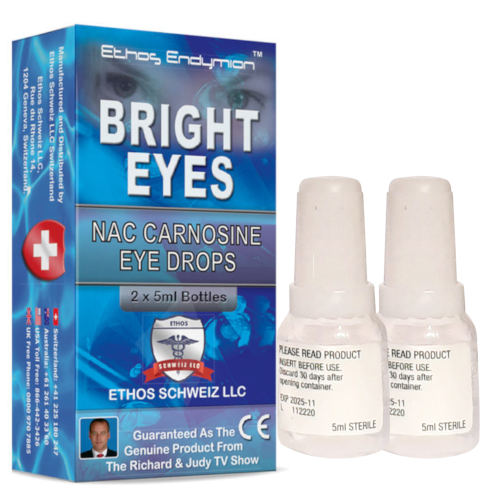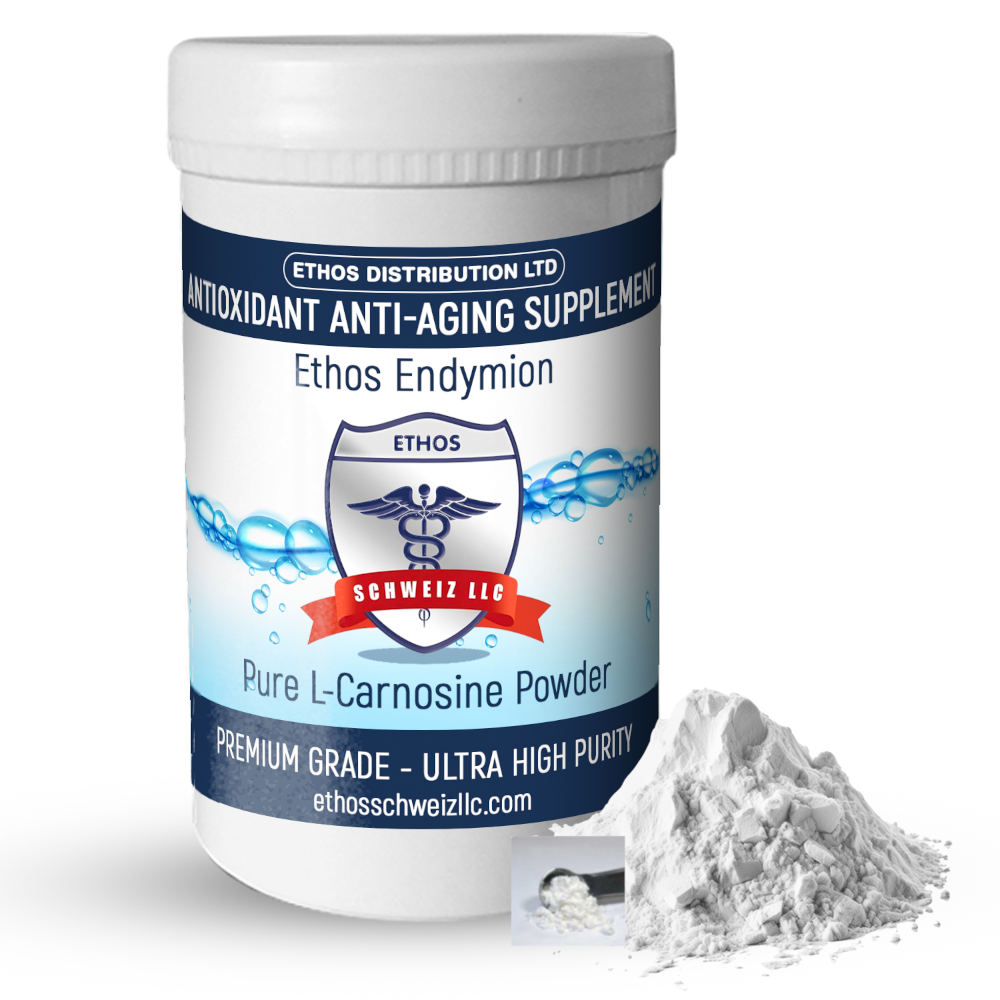Cataracts, Glaucoma and Dry Eyes:
Why Managing Dry Eyes Is Crucial for Eye Health
Understanding the Connection, Risks, and Relief Options
Real Science – Real People – Real Results
When it comes to eye health, three of the most common conditions people face as they age are cataracts, glaucoma and dry eyes.
While these may seem like separate issues, they frequently overlap, leading to complications that affect vision quality and overall eye comfort.
Understanding the relationship between these conditions is vital for maintaining good vision and protecting your eye health.
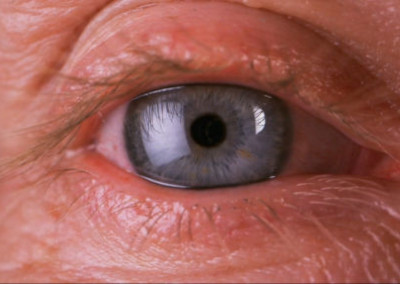
Why Dry Eye Matters With Cataracts and Glaucoma
-
Surface Health and Comfort: Dry eye increases eye irritation, blurring, and discomfort, which complicates vision that is already compromised by cataracts and glaucoma.
-
Treatment Challenges: Glaucoma medications—especially long-term eye drops—commonly cause or worsen dry eye, making adherence difficult and lowering quality of life.
-
Surgical Outcomes: After eye surgery (such as cataract extraction), dry eye can delay healing, impair surgical outcomes, and make the eye more prone to inflammation and surface complications.
-
Routine Management: Treating dry eye alongside glaucoma improves patient comfort, maintains the ocular surface, and can even increase the success of glaucoma surgeries.
Medical Evidence and Guidance
-
Studies indicate that 40–60% of glaucoma patients have dry eye disease and that dry eye often goes underrecognized and undertreated in this group.
-
Patients on multiple glaucoma medications, or those who’ve had prior eye surgery, are at higher risk for dry eye symptoms and complications.
-
Management of both dry eye and glaucoma requires careful coordination; examples include using preservative-free drops, optimizing hygiene, and regular use of artificial tears.
-
Eye health experts emphasize that maintaining a healthy tear film helps prevent additional discomfort and visual problems and supports overall eye health for those with cataracts and glaucoma.
Avoiding and managing dry eye is critical for protecting vision, enhancing treatment success, and maintaining comfort in people with both cataracts and glaucoma. Eye care professionals recommend proactive identification and treatment of dry eye disease in this group.
Dry Eye Syndrome: When Tears Don’t Do Their Job
Dry eye syndrome (DES) happens when your eyes either don’t produce enough tears or the tears evaporate too quickly, failing to keep the surface of the eye well lubricated. Symptoms include:
-
A gritty or sandy sensation
-
Burning or stinging feelings
-
Redness and irritation
-
Blurry vision that can fluctuate
-
Sensitivity to light
Tears do more than just keep eyes comfortable—they protect against infection, wash away debris, and nourish the surface of the eye
Do Cataracts Cause Dry Eyes?
Many people wonder if cataracts cause dry eyes. The answer is no—cataracts themselves do not cause dry eye syndrome. However, the two conditions often occur together, especially in older adults, because both are related to the natural aging process.
Why They Often Appear Together
-
Age: Tear production decreases naturally with age, increasing the risk of dry eye. Cataracts, similarly, develop mainly with advancing age.
-
Post-Surgery Dryness: Cataract surgery can sometimes cause or worsen dry eyes temporarily, due to the surgical incision impacting corneal nerves that stimulate tear production
- Medication Effects: Eye drops used for treating other eye conditions such as glaucoma often contain preservatives that can irritate the eye surface and worsen dryness.
Why Dry Eyes Are a Problem for Cataract Patients
Dry eyes in people with cataracts can lead to several issues:
-
Compromised Vision Quality: Dryness causes the tear film to become unstable, resulting in fluctuating vision and greater discomfort. When combined with the blurry vision from cataracts, this can severely impede daily activities.
-
Impaired Healing Post-Surgery: Dry eyes may extend recovery time after cataract surgery and increase irritation or inflammation, potentially affecting surgical success.
-
Diagnostic Challenges: Dry eye can affect the accuracy of measurements needed for the artificial lens implanted in cataract surgery, risking suboptimal vision correction.
Additional Risks for Those With Glaucoma and AMD
Dry eye poses particular dangers for people with glaucoma and age-related macular degeneration (AMD), combined or separately with cataracts.
-
Glaucoma: Medication often worsens dry eye symptoms, causing irritation that can reduce patients’ willingness to use essential eye drops consistently.
-
AMD: Aging macula and retinal tissues are more vulnerable to dryness-related inflammation, increasing discomfort and potentially contributing to disease progression.
-
Patients undergoing treatments or surgeries for these disorders may also find dry eyes interfere with recovery and comfort.
How Ethos Bright Eyes NAC Eye Drops Offer Relief and Protection
Ethos Bright Eyes NAC eye drops combine the antioxidant N-Acetyl-Carnosine (NAC), with two FDA-approved lubricants, glycerin and hydroxypropyl methylcellulose (HPMC), to address both cataracts and dry eyes simultaneously.
The Power of NAC
NAC acts as a powerful antioxidant that neutralizes harmful free radicals responsible for cataract formation and other oxidative eye damage. It supports lens clarity and may help slow the progression of cataracts.
Research suggests it also benefits other eye conditions like glaucoma and AMD by protecting delicate eye tissues from oxidative stress – https://pmc.ncbi.nlm.nih.gov/articles/PMC2685223.
Why FDA-Approved Lubricants Matter
-
Glycerin attracts and retains moisture on the eye’s surface, reducing irritation and aiding hydration. It helps form a protective barrier that supports healing and comfort.
-
Hydroxypropyl methylcellulose (HPMC) creates a lubricating film on the cornea, providing long-lasting comfort by reducing friction between the eyelids and eye surface. It stabilizes the tear film and is gentle even for sensitive eyes.
Benefits for Eye Disorders and Dry Eyes
Together, these ingredients provide a comprehensive approach to soothe dry eyes and protect against cataract progression and related damage.
This makes Ethos Bright Eyes particularly useful for people with cataracts, glaucoma, AMD, or who are recovering from eye surgery, helping reduce dryness, irritation, inflammation, and oxidative stress.
Why Managing Dry Eyes Is Crucial for Eye Health
Ignoring dry eyes, especially with underlying conditions like cataracts or glaucoma, can worsen symptoms and risk vision loss. Proper tear film hydration using Ethos Bright Eyes can help to:
-
Reduce eye irritation and redness
-
Support clearer vision and comfort
-
Prevent corneal damage and infections
-
Help improve surgical outcomes and medication tolerance
Ethos Bright Eyes NAC drops provide a dual approach—combining moisture support and antioxidant defence to maintain optimal ocular surface health.
Conclusion: Protect Your Eyes with Knowledge and Care
Cataracts, glaucoma and dry eye syndrome often go hand in hand, particularly as people age or undergo eye surgery. Understanding their relationship, anticipating symptoms, and seeking appropriate treatment is critical to safeguarding vision and quality of life.
If cataracts or other eye disorders are affecting comfort or vision, addressing dry eye symptoms early with advanced treatments like Ethos Bright Eyes NAC eye drops can help ease irritation, protect eye health, and support clearer vision.
Always consult an eye care professional for personalized diagnosis and treatment recommendations.
How Ethos Bright Eyes Protect Your Vision From Decline
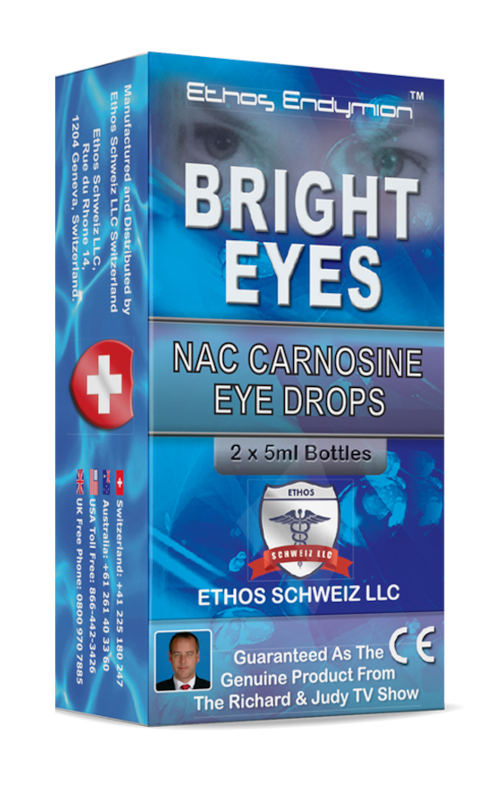
Two Year Cataract Study – Pay Attention!
In a two-year extended clinical study for cataracts, results showed that N-Acetyl-Carnosine eye drop users maintained and improved their vision, while the eyesight of those not receiving the supplement continued to deteriorate.
By the end of the study, 87% of the eyes supplemented with topical NAC Carnosine were still better than they had been before starting use of the eye drops, and none were worse off than they’d been at the beginning.
By contrast, 89.5% of the eyes of nonusers had lost visual acuity.
Read the full study on page 9 of ‘The Ageless Eye’ and discover the many healing benefits of carnosine and NAC Carnosine Eye Drops.
Please refer your eye care professional or Doctor to:
‘The Ageless Eye’
Ethos Bright Eyes for Pets and Animals
But it’s not just humans who are benefitting. Pet owners have seen dramatic improvements in their pets’ eye health as well. Ethos Vision has received testimonials of improved vision and quality of life for dogs, cats, horses, rabbits, kangaroos and even a ferret!
Vet, author and Radio host DR. Elizabet Cohen, reported:
“Today Allie is back to taking walks in the woods.
Thank you Ethos for helping Allie to see so she can enjoy life again.”
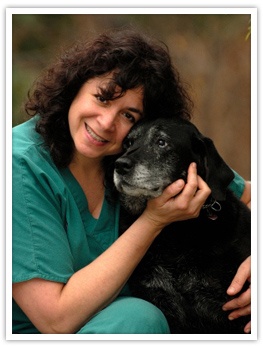
**Ethos Vision Carnosine products contain
the purest form of ‘carnosine’ …
Purity is essential for optimum results and health benefits
Protect and Restore Your Eye Health and Quality of Vision – Naturally
Take Charge of Your Eye Health Today
We hope you found this article helpful and inspiring. If you’re looking for natural, proven ways to protect and restore your vision, the Ethos Vision duo can help you to protect, maintain and even restore your eye health and quality of vision.
Whether you’re struggling with dry eyes, cataracts, macular degeneration, or just want to take a proactive approach to eye health, these products offer real results, backed by science and countless success stories.
Don’t wait for your vision to deteriorate—take charge of your eye health today and explore the full range of Ethos Vision products designed to support healthy, clear vision for life.
